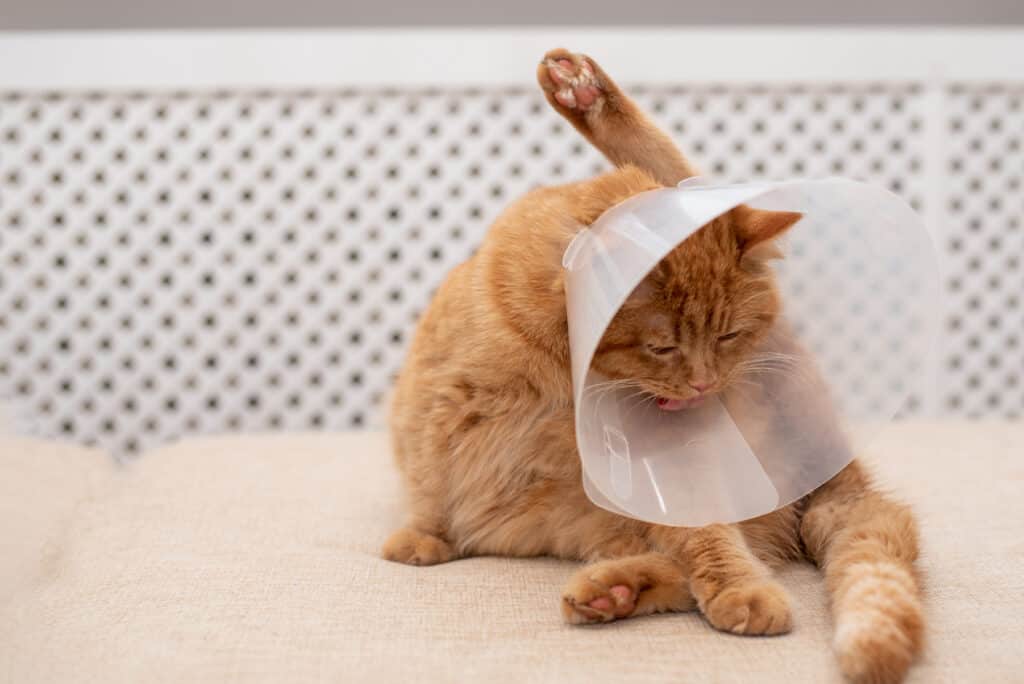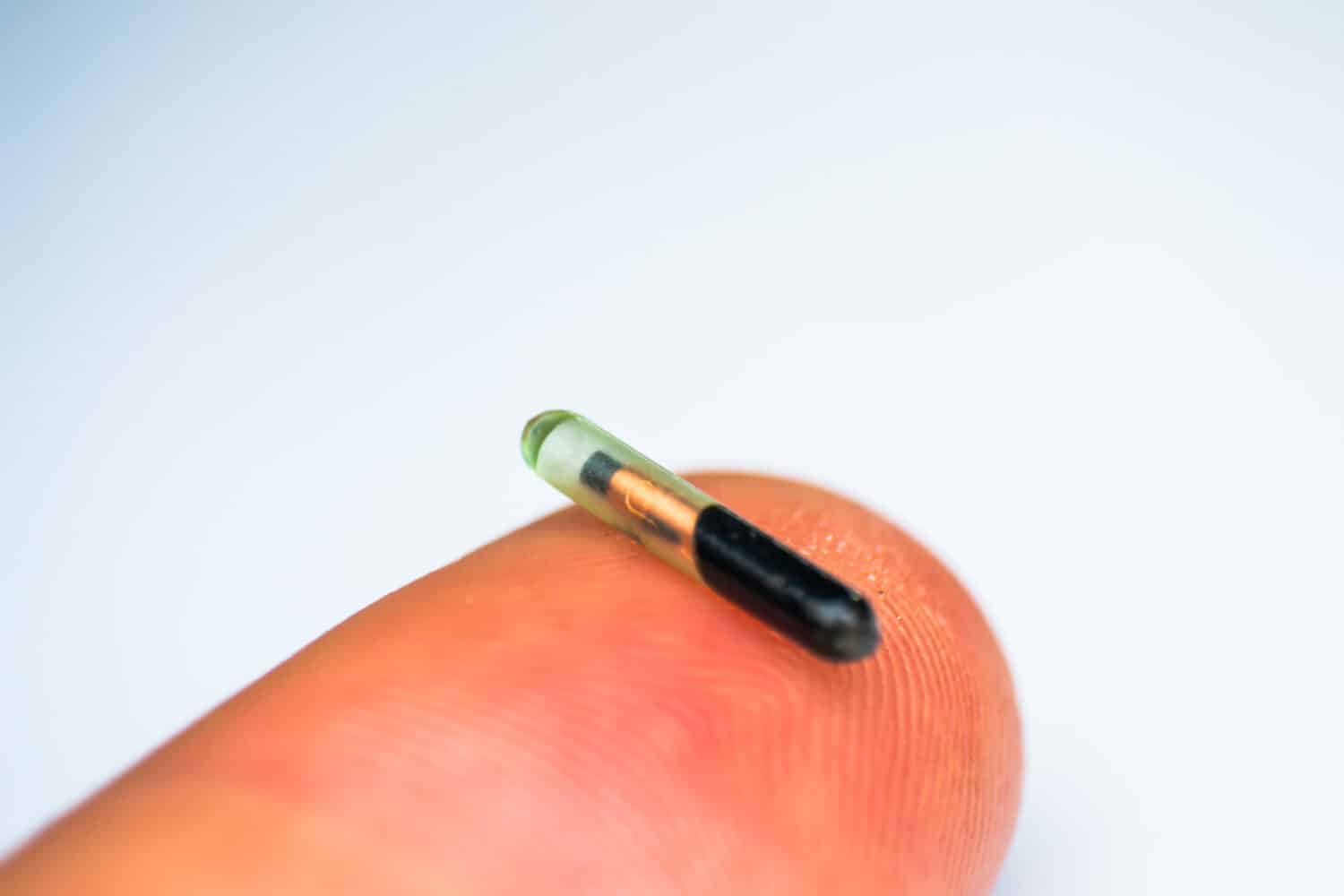As a responsible cat owner, it’s important to take all necessary precautions to keep your pet safe. One of the most effective measures is to have your cat microchipped. This involves inserting a tiny chip, similar in size to a grain of rice, under your cat’s skin. But what exactly does the procedure entail, and how can it help your furry companion? This comprehensive guide will provide you with all the information you need.
Understanding Microchipping and Its Costs
Microchipping pets reliably guarantees their safe return when lost. This small device, which is implanted under a pet’s skin, broadcasts a unique identification code readable by a scanner. The code links to your contact information in a registration service database. Should anyone find and scan a lost cat, the system uses this data to swiftly contact the owner. As a permanent form of identification, a microchip is more resilient than a collar, which can be easily lost or discarded.
So how much does it really cost to microchip your cat? Prices vary but typically fall within the range of $45 to $70. PetSmart, one of the largest pet store chains in the United States, offers microchip implantation and registration for between $25 to $50, depending on the location and any ongoing promotions. This fee usually includes registration in a national pet recovery database. It’s worth noting that there may be additional costs to consider, such as the initial veterinary visit fee and potential additional vet care. Despite these expenses, the security microchipping provides for your cat is invaluable, offering an extra layer of protection alongside regular collar tags. Also of note is that some animal shelters may include microchipping in the adoption fee or offer it at a discounted rate.
If cost is a concern, resources are available. Animal shelters, rescue organizations, and even veterinary clinics offer microchipping at reduced prices or for free during dedicated events. It’s worth checking with your local shelters or online for such events.

While microchips can’t track cats in real time, scanners can read them and link them back to their owners.
©Yiannis Papadimitriou/Shutterstock.com
Can I Track My Cat with a Microchip?
While microchips are not GPS trackers, they serve an important function in reuniting lost cats with their owners. GPS trackers for cats do exist, but they’re bulky and must be attached to collars. In contrast, a microchip offers a unique identification number. This number connects to the owner’s contact details in a database managed by the microchip company. For the microchip to fulfill its intended use, accurate and up-to-date registration is key.
While microchips do not allow for real-time tracking, they enhance the chances of reuniting lost cats with their owners. Consider pairing a microchip with a collar and ID tags for a comprehensive pet-recovery system.
How Long Do Microchips Last in Cats?
Microchips are designed to last for around 25 years, longer than the lifespan of an average cat. Despite requiring no maintenance or power, it’s important to remember to update your contact information with the microchip company or registry whenever there’s a change.
When to Microchip Your Cat
You can microchip cats at any age, but it’s advisable to do so between six to eight weeks. Similar to a routine vaccination, vets can perform microchipping during regular visits.
What Are the Cons of Microchipping Cats?
Microchipping does not allow for real-time tracking of your cat, making it less effective in proactive search efforts. Although the microchip merely houses an identification number, the microchip registry stores your contact details. This may raise privacy concerns for some people.

Unlike surgical procedures or wound care, microchipping is quick, painless, and cone-free.
©Natalia Sem/Shutterstock.com
The Safety and Efficacy of Microchipping
Does microchipping hurt cats? The procedure is quick and painless. Using a large needle, a vet inserts the chip, causing a brief pinch. The process concludes swiftly and doesn’t necessitate anesthesia. It’s much like a routine vaccination.
Ambient radio frequency exposure to pets from microchips is near-identical to the exposure in the human environment.
Notably, microchips significantly increase the chances of a lost pet returning home. Research indicates that cats successfully reunite with their owners at a rate of 38.5%. These figures show a 20-fold increase in the chances of finding a lost cat if they have a microchip compared to those without one. Additionally, some studies suggest that lost cats have a lower return rate than dogs due to a lack of ID. This is partly due to most cats being indoor pets, as well as cats worming out of their collars. Microchipping can help safeguard against this situation. Also, they last for the lifetime of the pet, making them an efficient long-term solution.
The Importance of Registering and Updating Microchip Data
One crucial aspect to remember after microchipping is the importance of registering and regularly updating your pet’s microchip information. Microchipping your cat significantly enhances your odds of reuniting if they go missing.
To ensure that your beloved pet’s microchip data is up to date, gather the microchip number and type/brand, and contact the registry to update your contact details. Several pet microchip registries exist, and it’s advisable to register your pet’s microchip with multiple registries.
Follow these three simple steps to ensure that your pet’s microchip information is correct and up to date:
1. Gather the microchip number: This is often found on the pet’s adoption or veterinary paperwork. If it’s not readily available, a local veterinarian or shelter can scan your pet to retrieve the number.
2. Find the microchip brand/type: The microchip number often shows the manufacturer. An online search of the number can help identify the brand.
3. Contact the registry to update your contact details: Once you have the brand/type information, visit the manufacturer’s website to update your contact details. Most registries have online forms for updating details.

Roughly the size of a grain of rice, the pet microchip serves as a permanent, universal form of ID.
©Todorean-Gabriel/Shutterstock.com
The Costs of Not Microchipping
Choosing not to microchip your cat might seem like a cost-saving measure in the short term, but overall, the costs, both emotional and financial, can be much higher.
Here’s a look at the potential costs of not microchipping your cat
Increased Risk of Permanent Loss
Without a microchip, if your cat wanders off or is stolen, the chances of being reunited decrease significantly. Animal shelters and veterinarians routinely scan found pets for microchips, which can immediately provide them with the owner’s contact information.
Financial Costs
The financial cost of searching for a lost pet can quickly add up. Expenses can include printing and distributing flyers, offering a reward, hiring a pet detective, and even taking time off work to search for your pet.
Emotional Toll
It’s understandable that losing a pet can be a difficult experience for its owners. Pets often become members of the family, and their absence can cause feelings of distress, anxiety, and grief. Not knowing what happened to your pet can add to these emotions.
Potential Health Risks
If your cat ends up at a shelter, there is a possibility of exposure to illnesses from other animals, which may result in costly veterinary bills.
Longer Shelter Stay
If a lost cat lacks a microchip for owner identification and ends up in a shelter, it might stay there for a prolonged period before adoption, or even face potential euthanization if the shelter is overcrowded and nobody claims or adopts the cat promptly.
Cost of a New Pet
If a lost cat cannot be found, families may consider adopting another pet. However, it’s important to keep in mind that the expenses of adoption, initial vet care, and providing supplies for a new pet can quickly accumulate.
While microchipping your cat involves a cost, it pales in comparison to the emotional and financial burden of losing a cherished pet. Microchipping supplies an added level of security and reassurance, as it guarantees the safe return of your pet if they ever go missing. It’s a crucial step towards ensuring your pet’s safety and peace of mind.
Conclusion
If you have a cat, it’s essential to consider microchipping them to ensure their safety and give you peace of mind. We strongly recommend scheduling an appointment with your veterinarian or visiting a local event that provides microchipping services if your cat isn’t microchipped yet. If your cat already has a microchip, make sure to verify that your contact information remains current. This simple action can be incredibly beneficial if your pet goes missing. Let’s always remember that our beloved feline friends rely on us to keep them safe, and we should always strive to do everything we can to fulfill this responsibility.
Thank you for reading! Have some feedback for us? Contact the AZ Animals editorial team.








